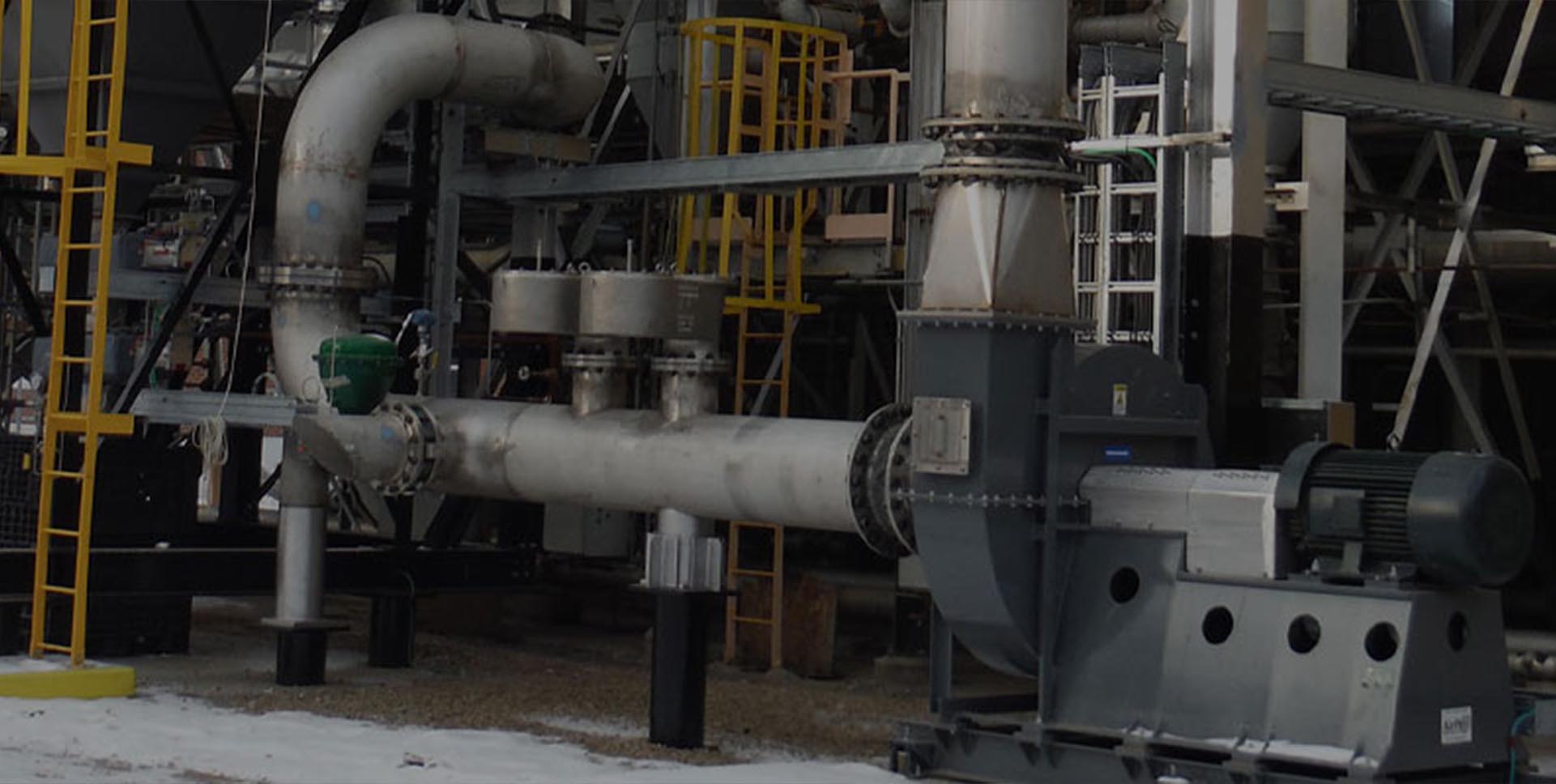Updated Application Page, Lots of Examples
People sometimes think that if they already looked at a website, they’ve seen it all. No need to return, right? Not the case, at least not for us. We’re constantly updating, enhancing, and adding to it as we watch to see how people are navigating and hear the questions they’re asking us. One of the important things we did recently was to expand our application pages. This post highlights induced draft fan (ID fans) applications.
Learn About ID Fans
With the pressure at the inlet, induced draft fans (ID fans) pull air and anything else present in the airstream like particles, gases, or chemicals, through the system. For reference, fans are either induced or forced draft. Forced draft fan (FD fan) applications focus pressure at the outlet. More on FD fans, also known as blowers, another time.
Some of the models used most often for induced draft fan applications operate at high efficiency, which can help offset slightly higher maintenance and operations costs associated with the harsh conditions present in many common applications for ID fans. These include heavy industrial process manufacturing, where the fans often process air in extreme conditions involving high-temperature, acidic airstreams, or exhaust gases. That means they’re mission critical, and require some special consideration and care.
Design and Maintenance Considerations for Induced Draft Fan Applications
What kind of special consideration and care are we talking about? It’s mostly about monitoring and maintenance. Here’s a sneak peek at what we recommend for applications using ID fans.
Vibration Monitoring/Testing
Designing and building installed vibration monitors into the fan at key locations to ensure that you keep them under the recommended .124 inches per second will help protect your bearings and ID fans from dangerous imbalances.
Temperature Monitoring/Testing
Like vibration monitoring, we recommend installing RTDs on the bearings from the outset for constant monitoring and alerts to warn you of trouble. This can help maintain proper temperatures and prevent costly complications.
Bearing Lubrication
As you can see, much of protecting any fan, including ID fans, comes down to protecting the bearings. Another key component of that is lubrication. Be sure you know and follow the recommended greasing schedule from the Installation and Operations Manual (OEM), and check it periodically in between too.
Fan Cleaning & Maintenance Schedule
The harsh operating conditions described above mean that you’ll have to take extra care to keep the fan clean and follow a rigorous maintenance schedule. It may seem like an abundance of caution, but that’s far easier, safer, and less expensive than leaving it to chance.
More Details on Applications for ID Fans
The post was just a preview – there is much more information about ID Fans on the Induced Draft Fan Applications page. We’ve written about them in other blog posts and case studies too. Here are links to some of the other resources available:
- Forced Draft Versus Induced Draft: The Push & Pull of Industrial Fans (Blog Post)
- Air Pollution Control (Application Page)
- Case Studies
- Induced Draft Fans for Dryers
- Custom Induced Draft Fan for Scrubber
- Hemp Dryer
- Kaolin Mining
We’ll be highlighting several more of our applications through the course of the year. Keep your eye on the All Things Fans blog and sign up for our newsletter to stay up to date, and please join the conversation on LinkedIn. For a connection with your local rep, request a quote or contact us.


